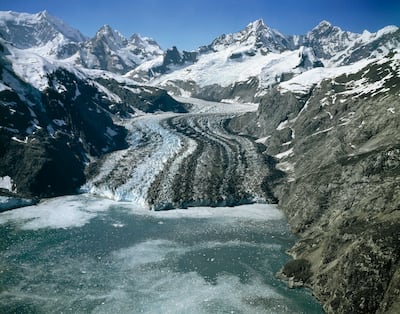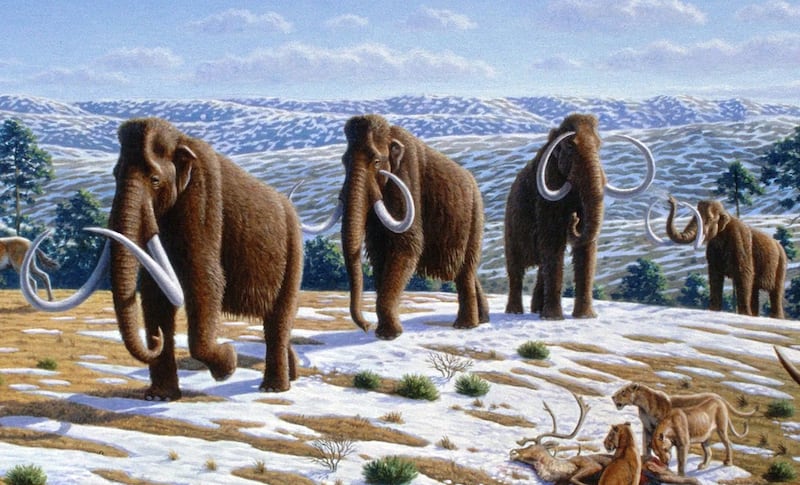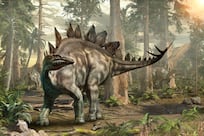The most extreme global warming presently facing mankind might never come to pass, new findings based on the last Ice Age suggest.
New evidence from the era of woolly mammoths shows it wasn't just low CO2 levels dictating the cold weather.
A massive North American ice sheet played an important role too, researchers at the University of Washington found.
If CO2 levels alone were less decisive in those days than was previously thought, that might also be true in an era of climate change today.
In our time, researchers say their findings reduce the worst-case global warming scenario from a 5°C rise to 4°C.
However, top climate scientists say 4°C of warming would still bring "mass mortalities and extinctions".
And if CO2 levels double, as is feared, the world could still be heading for a hugely damaging 2°C to 3°C rise.
Still, if we manage to reduce emissions, the worst-case temperature rise would also be lower, the study's lead author Vince Cooper told The National.
"The ice sheet had a major impact on past temperature changes, but since it is already gone, it can’t add to future temperature changes," he said.
"In today’s climate with no North American ice sheet, the most extreme warming scenarios from rising CO2 alone are less likely."

The findings are based on a weather model for 21,000 years ago, when CO2 levels were about half what they are today.
The period is known as the Last Glacial Maximum, when about a quarter of the Earth's land area was covered by glaciers.
Evidence of human life exists but there are also ocean sediments, ice cores and preserved pollen that allow experts to model weather conditions.
Crucial ice sheet
The University of Washington scientists say their new "more realistic temperature maps" show the North American ice sheet's impact was bigger than previously thought.
Rather than just reflecting sunlight back into space, it also altered winds and ocean currents - making the seas cold and cloudy.
In turn, the clouds would have reflected even more sunlight, the scientists say.
"In short, the study shows that CO2 played a smaller role in setting Ice Age temperatures than previously estimated," they say.
"The flipside is that the most dire predictions for warming from rising CO2 are less likely over coming decades."
It is believed the last Ice Age ended about 10,000 years ago, banishing mammoths to outposts such as Siberia and Alaska where they later became extinct.
Scientists say human industrial activity has brought about another radical shift in the climate because CO2 traps heat in the atmosphere.
Almost 200 countries have pledged to try to curb global warming to 1.5° above pre-industrial levels, to avoid its worst effects.
At 4°C, the UN's top climate panel estimates that "every second plant or animal species that we know of" would be threatened.
In this scenario "mass mortalities and extinctions are expected that will irreversibly alter globally important areas" such as coral reefs and rainforests.
It implies that very high emissions keep on warming the planet - even if CO2 levels are not the only factor in play.
The new study "allows us to produce more confident predictions because it really brings down the upper end of future warming, and says that the most extreme scenario is less likely”, senior author Kyle Armour said.
“It doesn't really change the lower end, or the average estimate, which remain consistent with all the other lines of evidence.”







